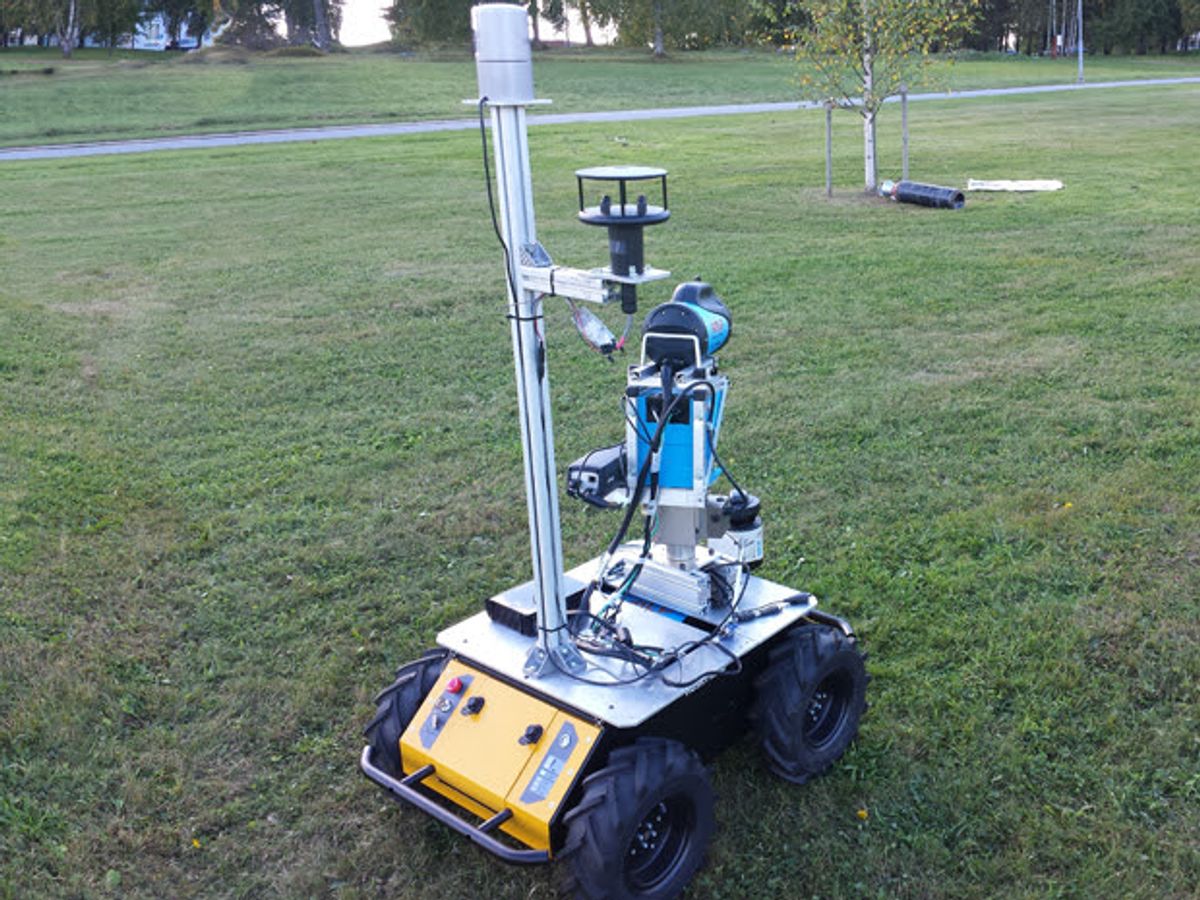In this month's issue of IEEE Spectrum we spotlight the methane emissions overlooked by the U.S. EPA's greenhouse gas inventory, and the satellite-based detector launching next year to map this "missing methane." Last week the White House acknowledged EPA's missing methane problem, and laid out a strategy to combat it. While promising to improve EPA's inventory, including more use of top-down methane measurement, the White House also promised federal investment in ground-based methane sensing to plug leaky natural gas systems thought to be the source of much of the missing methane.
Action can't come soon enough according to the Intergovernmental Panel on Climate Change (IPCC), which on Monday unveiled its latest report on Climate Change Impacts, Adaptation, and Vulnerability. The IPCC said "widespread and consequential" impacts are already visible and world leaders have only a few years to change course to avoid catastrophic warning. Methane is a major contributor according to the scientific body's update on the physical basis for climate change, released last fall, which deemed methane to be up to 44 percent more potent as a warming agent than previously recognized.
The White House says that the U.S. Department of Energy's ARPA-E high-risk energy R&D fund will contribute by seeking to improve natural gas sensors, which are presently sensitive or cheap but not both. ARPA-E is preparing a new funding program that the White House says will "deliver an order-of-magnitude reduction on the cost of methane sensing, thus facilitating much wider deployment throughout all segments of natural gas systems."
One contestant for funding could be robotic systems such as the Swedish-developed Gasbot profiled by Spectrum last year. Gasbot, a project from Sweden's Örebro University, uses a mobile robot from Kitchener, Ont.-based Clearpath Robotics equipped with a laser-based remote gas sensor to map methane concentrations across a potential leak site. Orebro doctoral student Victor Hernandez says the Gasbot team has implemented improvements since Spectrum's coverage, including the addition of an anemometer to help determine where detected emissions are coming from.
Using a robot might reduce labor costs and accelerate the process of mapping a site, such as a natural gas plant or a landfill, and Hernandez says a market survey conducted last year has confirmed commercial interest in Gasbot. But Örebro's package doesn't come cheap in its present incarnation. The gas sensor alone costs about €10 000 (US $13 760), he says, and the Clearpath A-200 robot is another $12 000 or so.
Another contestant could be the laser science research group at Rice University, in Houston, which has recently demonstrated two novel strategies for building compact, sensitive and potentially low-cost methane detectors. The best developed relies on recently miniaturized mid-infrared quantum cascade lasers and cheap piezo-electric devices to detect the laser-excited heating of traces of methane gas—traces as thin as 13 parts per billion (ppb) according to group leader Frank Tittel, a professor of electrical engineering. His newer system uses advanced optics to more than double the methane sensitivity.
Tittel's group has already proven its devices at a Houston landfill through a NASA program designed to calibrate space-based measurements of methane and other pollutants. He projects that the piezo-electrically tuned sensor could be scaled down and mass produced to deliver a $1000 system the size of a smart phone. The key, says Tittel, is mass production of the lasers, which currently cost $12 000.
Tittel says his group has teamed up with Newton, N.J.-based Thorlabs, which makes the required quantum cascade lasers as well as the electronics, mechanical stabilizers, and optics to build an integrated product.
Thorlabs appears to be keen. The company presented at an ARPA-E methane technology workshop last year, and declared its intention to "grow the [mid-infrared laser] market by reducing component costs."
Message to missing methane: You may soon have nowhere to hide.
Peter Fairley has been tracking energy technologies and their environmental implications globally for over two decades, charting engineering and policy innovations that could slash dependence on fossil fuels and the political forces fighting them. He has been a Contributing Editor with IEEE Spectrum since 2003.



